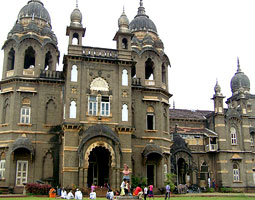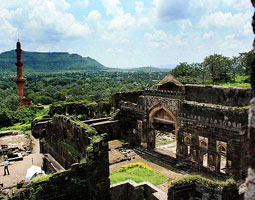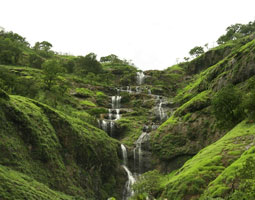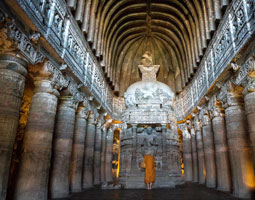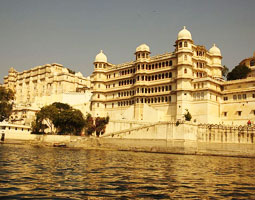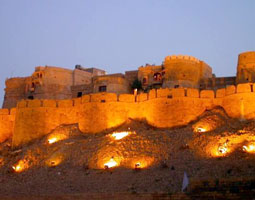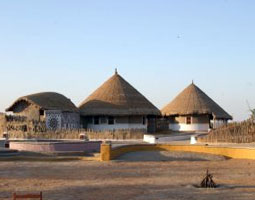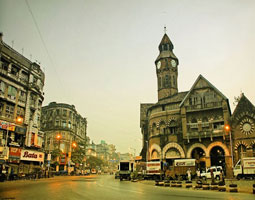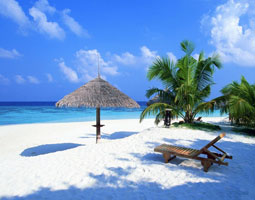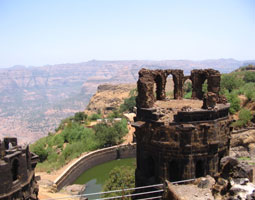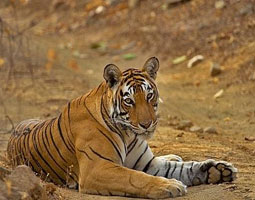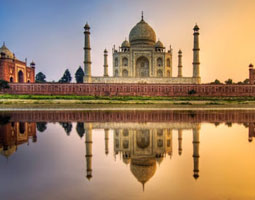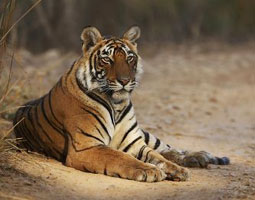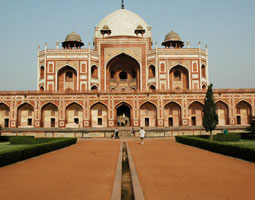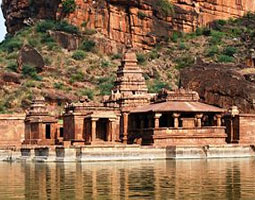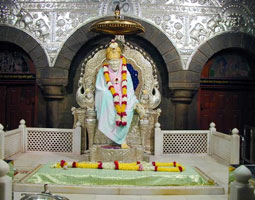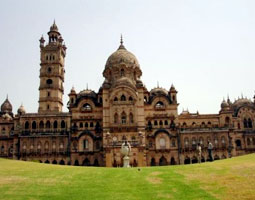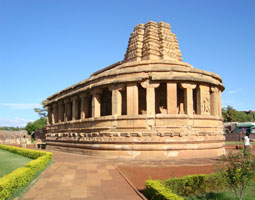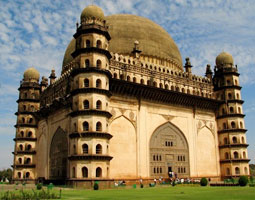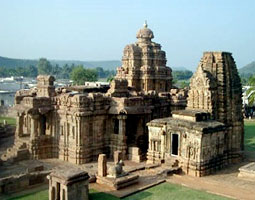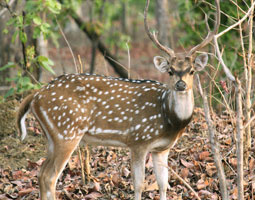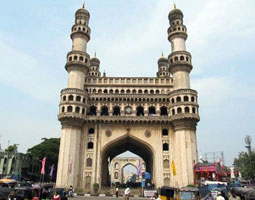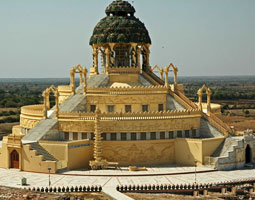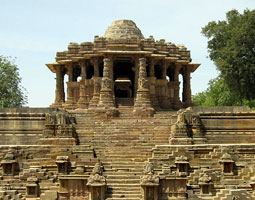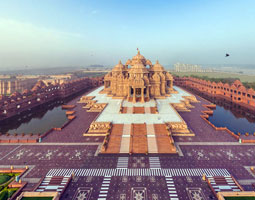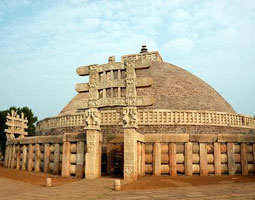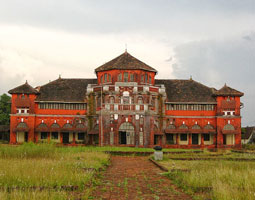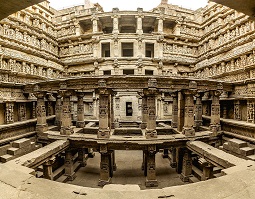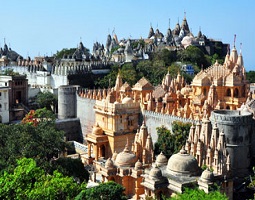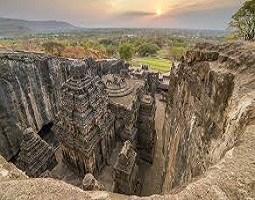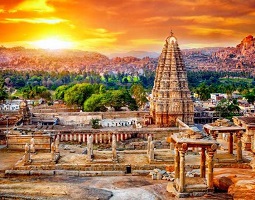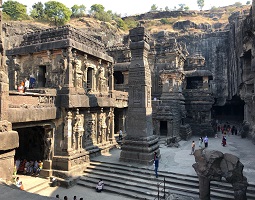Witness the UNESCO World Heritage Site with one of the luxury trains in India, Deccan Odyssey. Experience the locale and the timeless traditions of Ellora Caves, located near Aurangabad, Maharashtra. They are the epitome of ancient Indian rock-cut architecture and are the most stunning architectural marvels in the world. Composed of volcanic Basalt rock and witness to 35 caves and rock-cut temples, Ellora caves were largely carved during the reign of the Kalachuri dynasty in the 6th and 7th centuries CE. Come to Ellora Caves and explore the celebrated cave temples of Hinduism, Buddhism, and Jainism.
Take a look at the marvellous attractions at Ellora Caves.
Hindu Caves
The Hindu caves are categorized from Caves 13 to 29. The stunning carvings inside these caves are going to leave you thrilled. Cut from top to bottom, Hindu caves are truly mesmerizing and the highlights of these caves are Cave 14, Cave 15. Cave 16, Cave 21, and Cave 29.
Cave 13 is comparatively simple and almost seems like a storehouse. The Ravan-ki-Khai, Cave 14, is a Buddhist vihara transformed into a temple, which was dedicated to Shiva in the 7th century. Cave 15 is one of the finest at Ellora. It is a two-storey temple with the Dashavatara Cave or Ten Incarnations of Vishnu and Shiva Nataraja, Shiva emerging from a lingam while Brahma and Vishnu honour them.
Caves 17 to 20 and Caves 22 to 28 are just monasteries that visitors can explore. Cave 21 also called the Ramesvara cave displays the interpretations of Shaivite scenes carved in the old temples. Goddess Ganga’s figure can be seen standing on her mythical sea creature or Makara. Last but not least is the Dhumar Lena cave (no. 29). It looks similar to the famous cave at Elephanta denoting a connection between Ellora and the Kalachuris. Also, the figure brackets present in cave 21 are evidence of a cultural connection between the two locations.
Kailasa Temple
The largest rock-cut monument in the world, Kailasa Temple is the prime attraction of Ellora Caves. A five-shrine temple it resembles the Kailasanatha at Kanchipuram. Come to witness the grandeur of Ellora at Kailasa Temple, which is the perfect northern example of the southern Dravida Temple.
It is a 32-meter high temple and was built in the 8th century CE by Krishna of the Rashtrakuta dynasty to celebrate his victory over the Pallavas. Visit here to see the intricately carved panels describing the scenes from the Hindu epics Ramayana, the Mahabharata, and the adventures of Lord Krishna. Do not forget to see the southeastern gallery that has 10 giant panels depicting the several avatars (incarnations) of Lord Vishnu.
Buddhist Caves
Home to 12 Buddhist caves, they are a stretch to the south of Kailasa. All Buddhist monasteries or viharas are used for studying and worship, but these multi-storeyed caves also include living, sleeping, and cooking. However, Cave 10 is an exception with an assembly hall or chaitya.
Cave 1 is the simplest one and Cave 2 is recognised for its ornate pillars. Cave 3 and 4 are unfinished and unkempt. Visit the largest vihara of Buddhist caves at Cave 5. It is 18m wide and 36m long and has stone benches with an assembly hall. Cave 6 is a vihara with beautiful images of the Tara, the mate of the Bodhisattva Avalokitesvara and Mahamayuri, the Buddhist goddess of learning.
Explore the hall of Cave 7 and see Cave 8, the first cave where sanctum is detached from the wall at the back. Cave 10 is the single chaitya in the Buddhist caves but has beautifully carved ceilings with stonework and grooves fitted into the wooden panels. There is also a decorative window that has a large figure of teaching Buddha.
Lastly, the Do Thal (two-storey cave), Cave 11 can be entered from the third level of basement and interestingly, was not excavated until 1879. And the Cave 12, the Tin Thal or three-storey cave is entered through a courtyard and has an enormous Buddha figure with his seven previous incarnations.
Jain Caves
Explore the last caves created at Ellora. These five Jain caves might not be of the same size as the Hindu ones but are exceptionally beautiful and have remarkable carvings and paintings. The Chhota Kailasa or the Little Kailasa is a not-so-good imitation of the rock-cut monument, Kailasa Temple and stands separate from other Jain temples.
The Indra Sabha or the Assembly Hall of Indra, Cave 32 is the most stunning among Jain Temples. It contains the images of the Jain Tirthankaras (great teachers) – Parasnath and Gomateshvara surrounded by the wildlife. Inside the temple is a seated figure of Mahavira, the founder of the Jain religion and also the last Tirthankara.
Visit Cave 31, which is an extended part of Cave 32. Also, the Jagannath Sabha, Cave 33 is a look-alike of Cave 32 and has some well-preserved sculptures one cannot miss. And finally, Cave 34 is the last temple and is rather small. It contains some impressive carvings. Interestingly, on the hilltop over the Jain Temples, there is a 5m high image of Parasnath gazing down on Ellora.
So, if the history of ancient sites and architectural marvels interest you, do visit the Ellora Caves in Maharashtra once in your lifetime.

